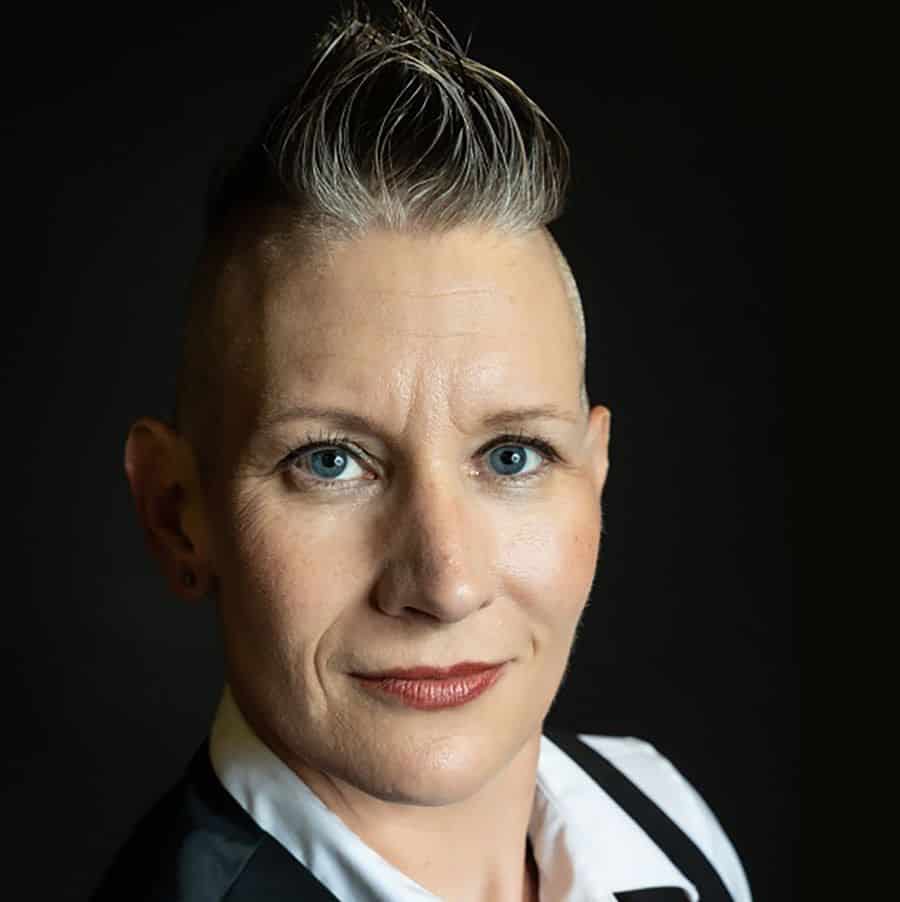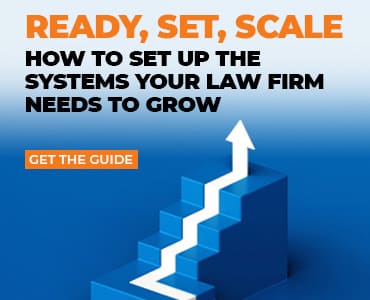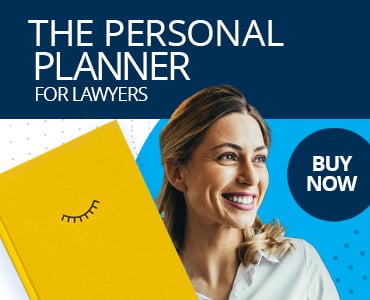I recently attended an all-day CLE event where every session was a panel. I watched three panels over four hours, with 15 panelists total, and only two held my attention. Now, I usually avoid panels because, more often than not, I find them boring and unorganized. As my mind started to wander at this event, I began thinking about why panelists have a risk of being so boring:
- They are usually chosen because of their job or position.
- They are usually not professional speakers.
A Panelist Has Obligations
Being invited to speak at an event is a privilege. When you are a speaker, you have a dual responsibility: to educate and to entertain. No one is going to listen to you if you can’t keep the audience’s attention — and you’re competing with their smartphones and the work they brought with them. No one will remember what you said unless you make your message memorable.
As I wasn’t listening to what the panelists were saying, I was inspired to create a list of do’s and don’ts for what makes panelists successful. These points apply whether you are speaking to thousands in a crowded hall or at a firm event — and they especially apply if you are a panelist on a recorded webinar, where viewers have even more distractions.
DO Be Heard
When you are a speaker, I want your voice to come out of one. No matter what, always use a microphone. You can’t project as well as you think you can. And please tell tech support to turn up the volume.
One of the “tells” that panelists aren’t professional speakers is the amount of mumbling. Be clear. Think about what you want to say, have a distinct message you want to deliver, and practice in advance so you can be articulate, and thus effective in your delivery. If I’m at your panel, I want to hear what you have to say.
DON’T Recycle Answers
If your statement starts with “I agree,” you best be following that with new thoughts for the conversation. Being on a panel means a minimal amount of speaking time per panelist. Make sure you are using yours to provide maximum value to the audience.
DO Be Blunt
The last CLE event I attended was on the Controlled Substance Act. The best panelist of the day, by far, was Deborah Small of the advocacy group Break the Chains, who stepped to the podium and boldly said we need to talk about racism and this law. Be passionate about your message, and your audience will listen and remember. (That is the main thing I remember from this event.)
DON’T Succumb to Death by PowerPoint
If you choose to use slides, they should illustrate, not repeat, your message. If you put up a wall of text and then proceed to read it, you will lose me as an audience member.
DO Be Respectful of Time
When the first panelist got up to speak at this event, the first thing he said was something like, “I don’t know how I’m going to stay within the 10 minutes I have to speak.”
Are you kidding me? When you are on a panel, you’ve entered into a social contract with the audience and your fellow panelists to present your topic within the time allotted. In one sentence, this person communicated to me that he didn’t prepare, and he doesn’t respect others’ time. I had trouble listening to him after that because if he doesn’t respect my time, why shouldn’t I use it to do something else? (Like write this post.)
Also time-wise: Most panels end with a Q&A period. Be short and succinct when answering audience questions so the panel can get through as many questions as possible.
DON’T Just Wing It
International speaker Marc Pitman says, “It’s really important to talk together before the panel, to get a feel for how each person will contribute to the conversation. The little time investment of a simple conference call makes the audience experience so much better!”
I agree. When I spoke at BlogHer, I was on a panel with another lawyer and an accountant. We were there to talk about how to run an effective blog-based business from legal and accounting perspectives. Having a short conference call in advance made it easier for us to have more engaging banter during our panel and provide a richer experience for the audience.
DO Be Memorable
Your audience is not going to remember everything you say. Use quotes, tell stories, and share factoids that are easy for the audience to retain. As sales expert John Livesay says, “The key to being a good speaker is to tell stories that are memorable and make you magnetic.”
DON’T Be Afraid to Disagree
Panelists don’t have to agree on everything. “Ask what perspective you can bring to the conversation that’s distinctly yours. A different take, an alternate point of view, and even outright disagreement can all make a panel much richer and more engaging for the audience,” says presentations coach Rob Cottingham. “And if your fellow panelists follow suit, you’ll get more out of it too — certainly more than if it’s just the three or four of you up there echoing each other.”
Ditch the Old Model for Panels
The traditional model for panels gives each panelist an equal amount of time to share their perspective on a topic followed by questions from the audience. Laura Gassner Otting suggests that a more conversational format may be more effective: “I’ve moderated a number of panels and rather than pose a topic and then ask each speaker to expound, I talk to the speakers ahead of time and ask them to each tell me the three to five main points they’d like to make during the panel. And, then I weave the conversation and pick and choose, interview style, who will answer and who will follow up.”
This model puts more responsibility on panelists to prepare and communicate with their moderator in advance, so the moderator can ask thoughtful questions that will elicit different perspectives from panelists. The moderator has to be prepared for the possibility that the audience won’t voice their questions and be ready to fill the void.
You Might Also Like …
“Pro Tips for Making Masterful Presentations”
“Slide Presentations 101 for Lawyers”
“Public Speaking Tips to Empower Your Next Presentation”
Image ©imagezoo.com
Subscribe to Attorney at Work
Get really good ideas every day for your law practice: Subscribe to the Daily Dispatch (it’s free). Follow us on Twitter @attnyatwork.
















